20 Jan How to write a Media Release
A media release is an economical and effective way to communicate information between an organisation and the media – but only if the media release has been written with the media in mind!
When deciding on which story to cover, a journalist will assess the story on important criteria such as: ‘is it timely’ and ‘is it relevant to my readers’ (or viewers/listeners?).
Here are some tips to ensure your next media release hits the mark:
1) Know the audience. Read, watch and listen to the media you plan to target with your media release. What type of stories do they cover? What information do they incorporate in these stories? Do they use images, video, pricing, spokespeople quotes, statistics, case studies etc? Make a checklist.
2) Determine what it is you want to communicate. A good way to ensure you are conveying the core information is to answer the five Ws: Who? What? Where? When? Why? and How?
3) Identify the ‘hook’. Incorporating a newsworthy angle will increase the likelihood of media interest. Your angle may be the timing of your announcement, the impact your service will have on the community, or the uniqueness of your product.
4) Create a professional layout or template for your media release. This may include a company logo, the contact details (phone and email) of the best person for media to contact for further information and spokespeople information.
5) Before writing the content – take time to develop an engaging headline that is punchy and captures interest. Put yourself into the shoes of the audience, what would they want to read about?
6) When drafting the content for your media release, include the key information upfront, so that it is easily seen by time-poor media who may not read beyond the first paragraph. This includes your ‘hook’ and your five Ws and ‘How’.
7) Keep your release succinct (1 page is ideal) and ensure that you are precise with your facts, accurate in your spelling and clear and unambiguous in your writing. At least one or more colleagues should proof read your copy to check grammar, punctuation and spelling.
8) Attach an image with your media release. An image will assist in bringing your story to life. When attaching your image – be sure to note its size. Around 1-2 MB is preferable in the first instance, with high resolution images available to media upon request.

The Inverted Pyramid is a good guide for how to prioritise and structure your media release, and further information on this can be found online.
